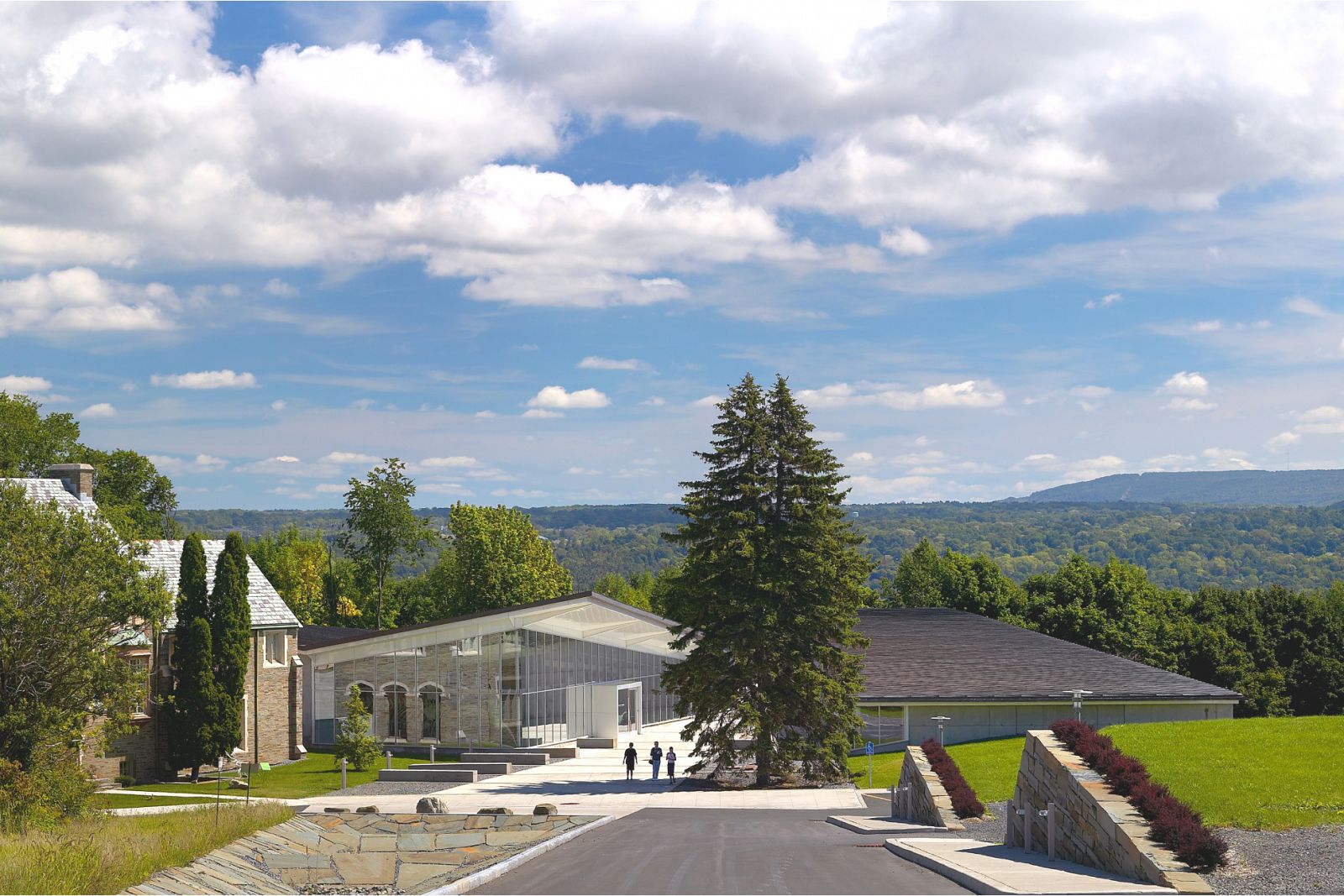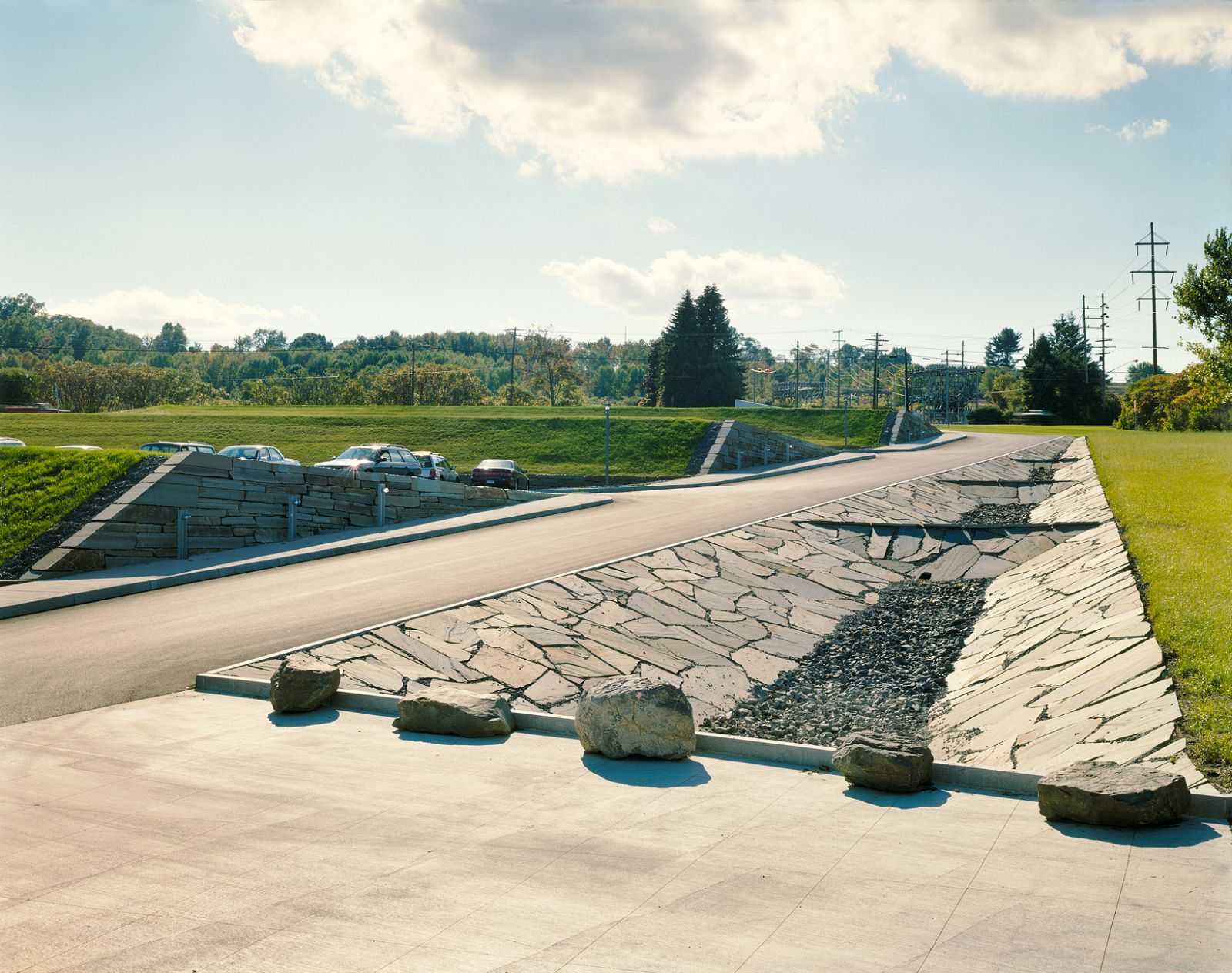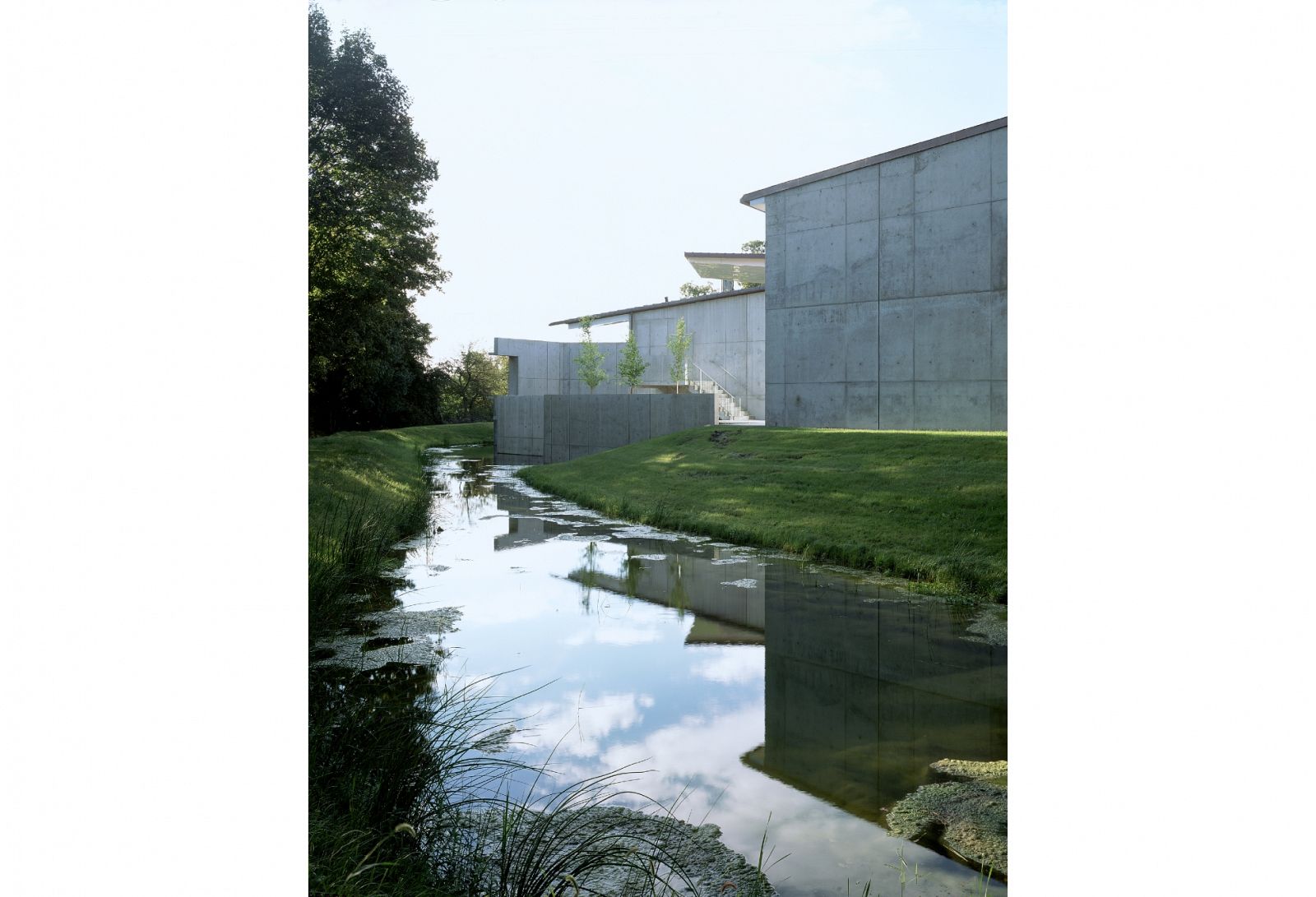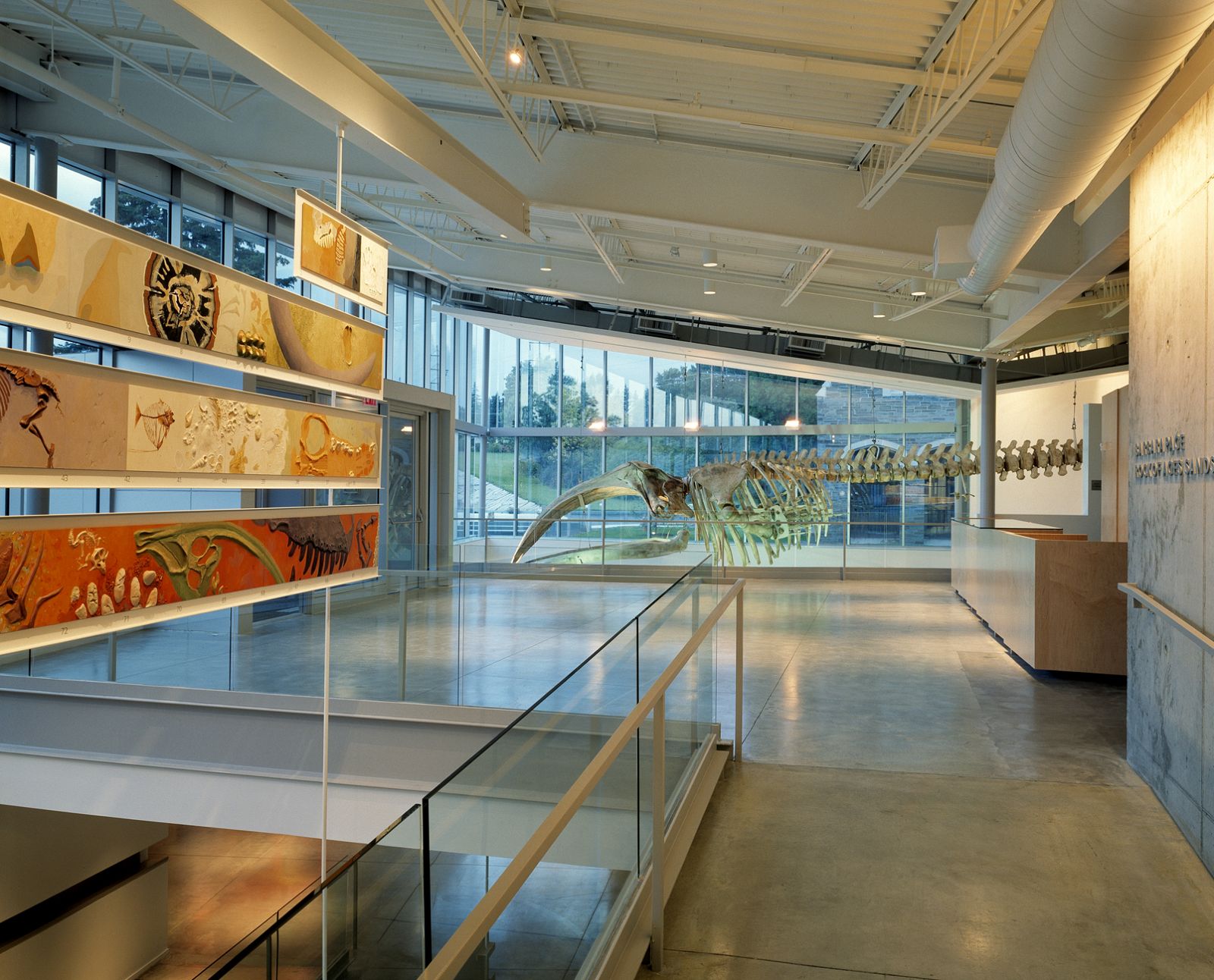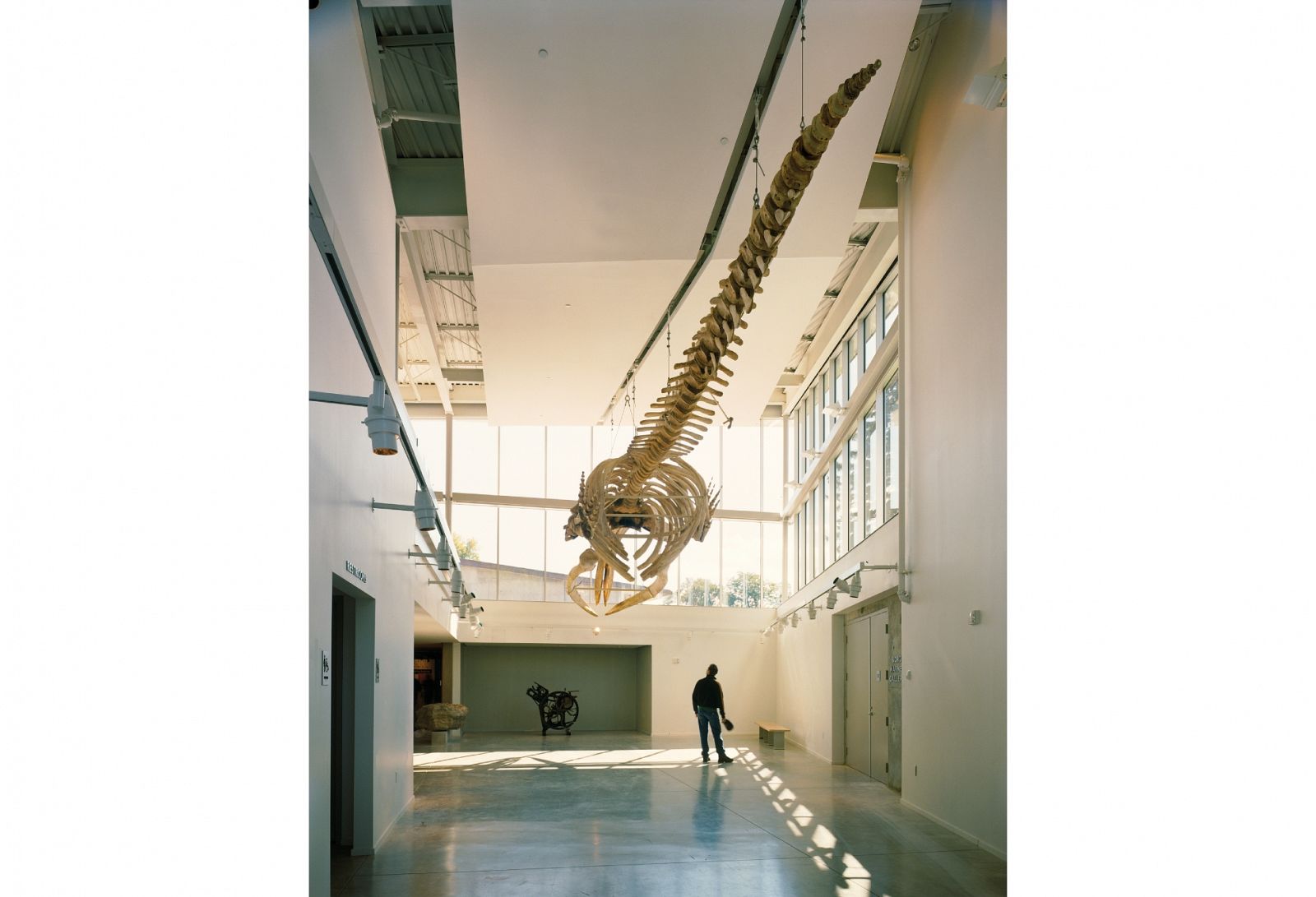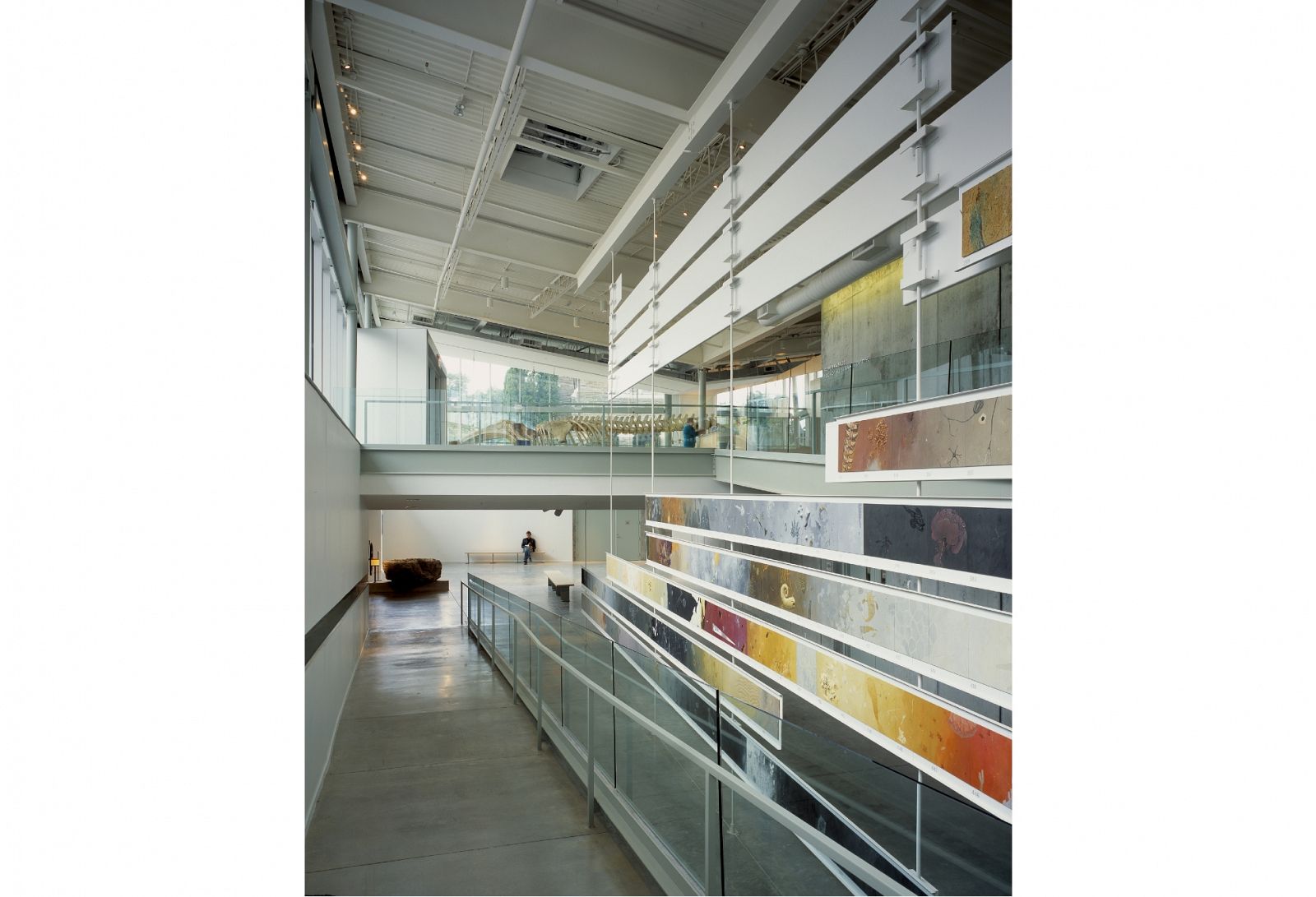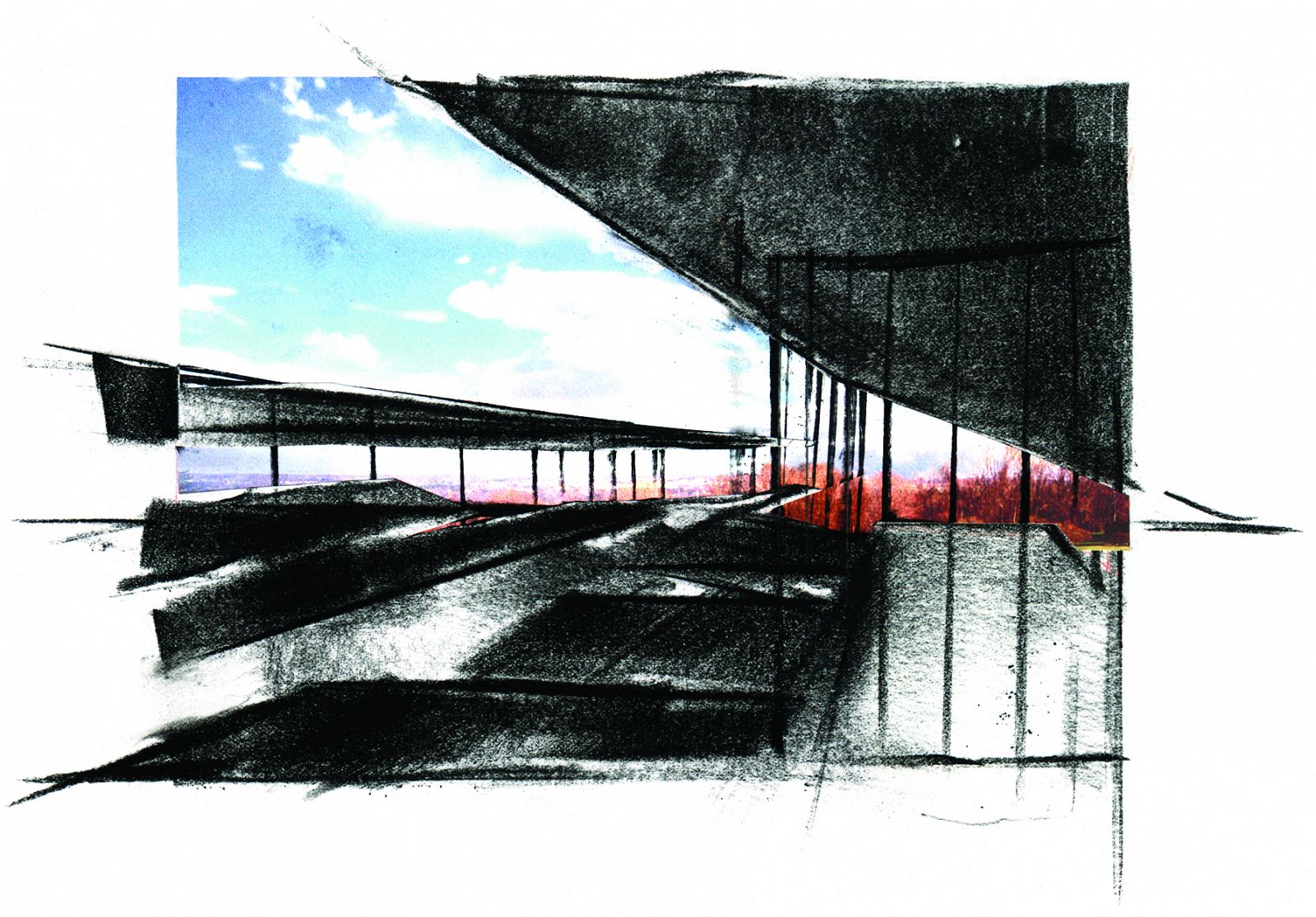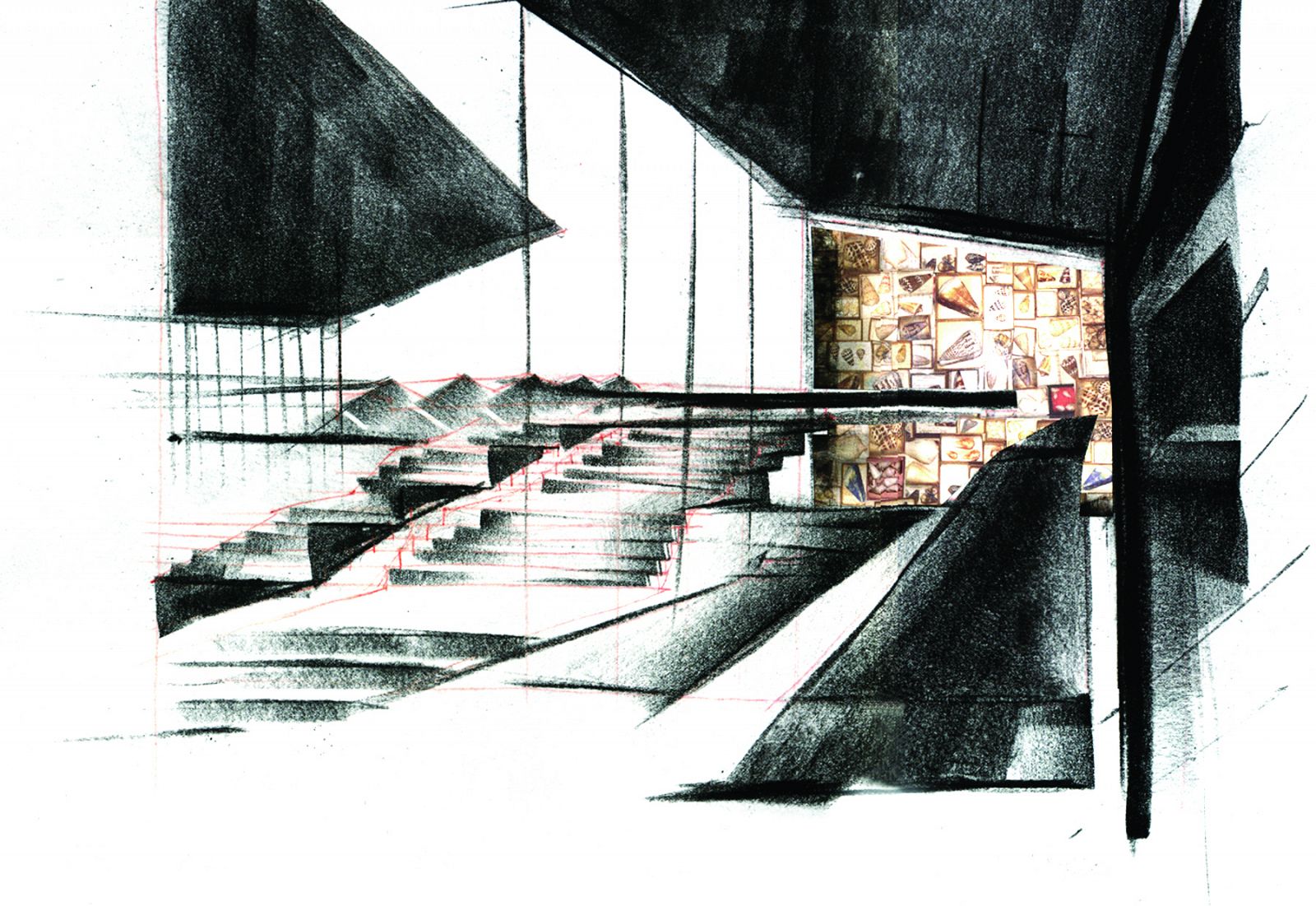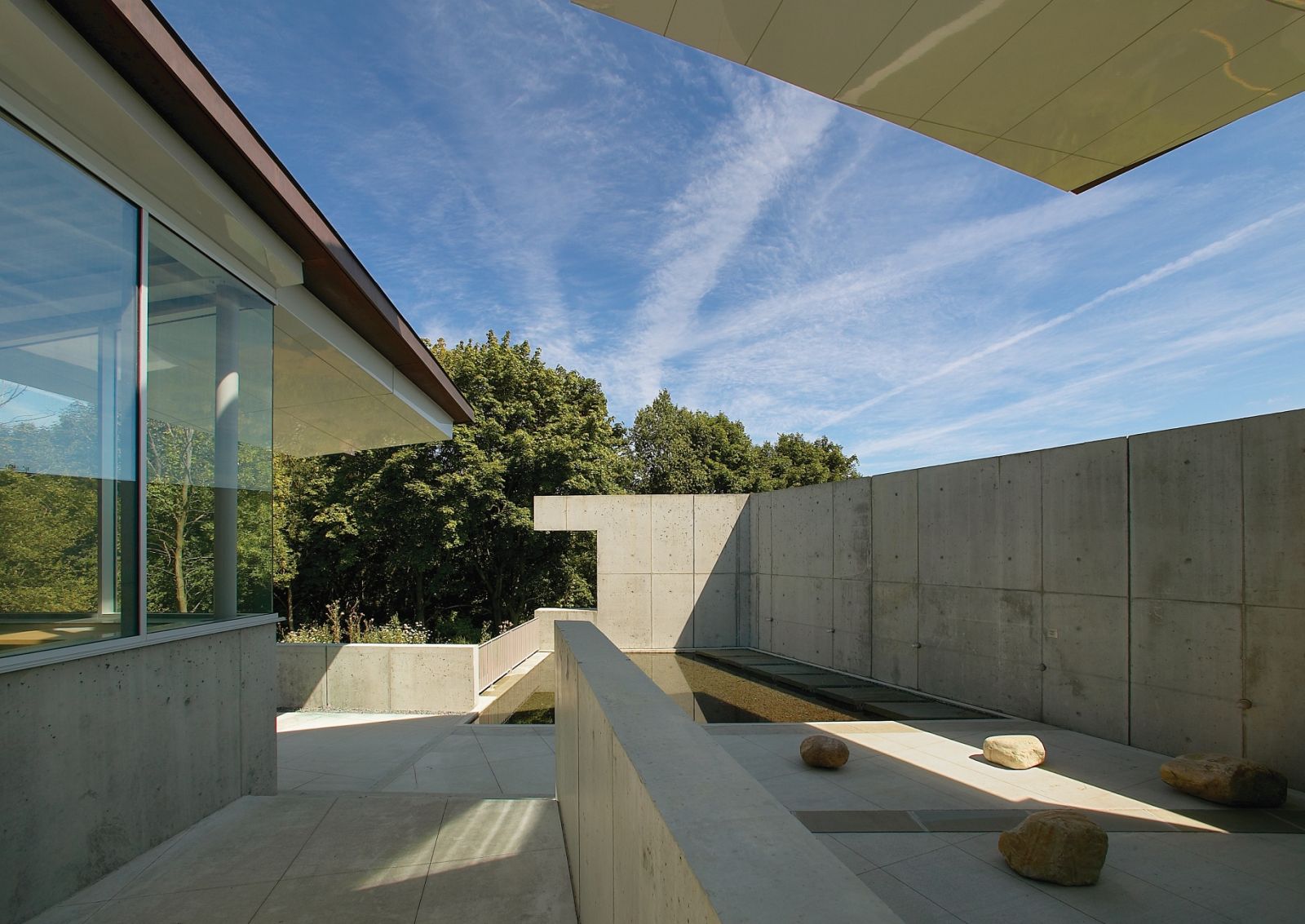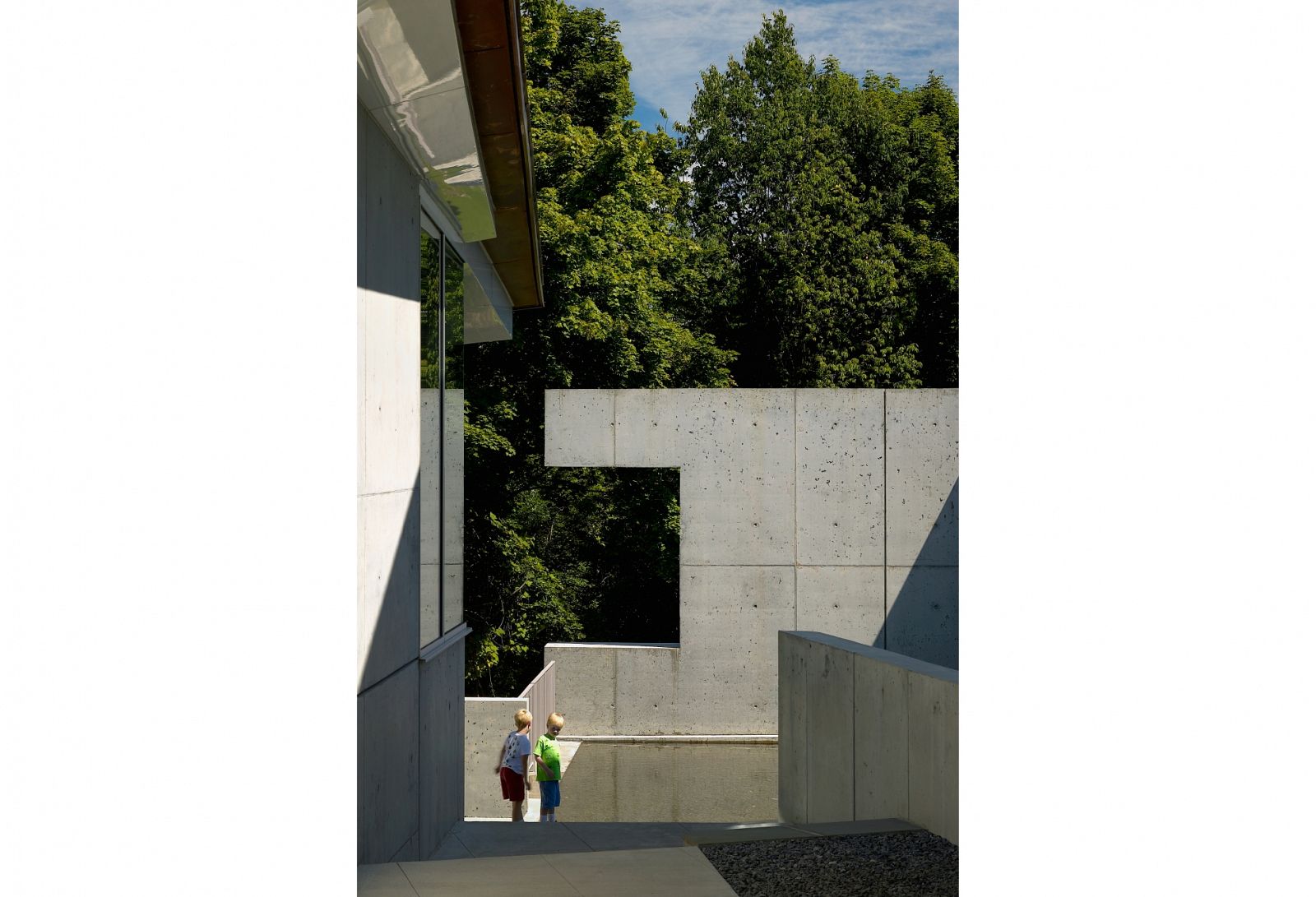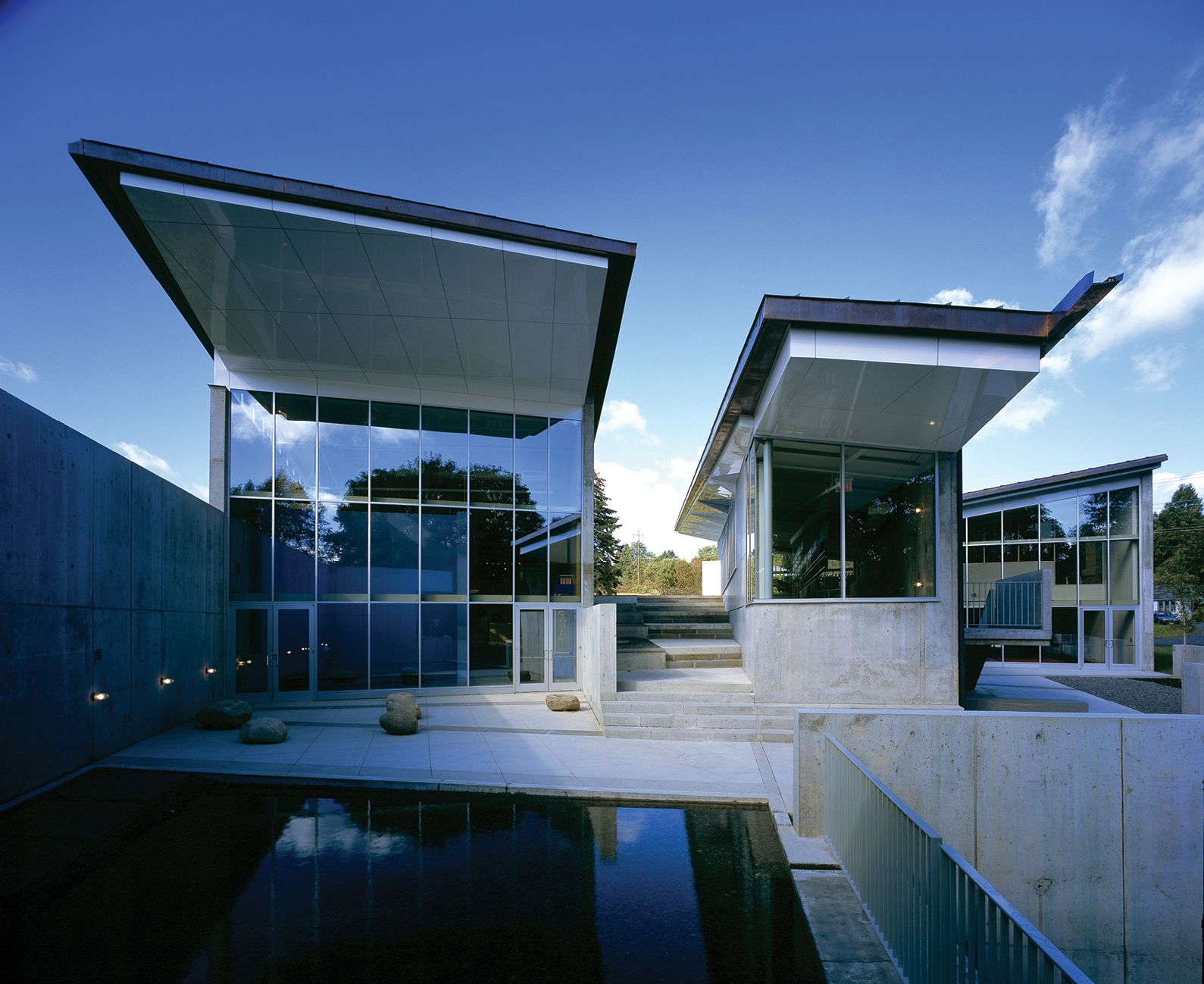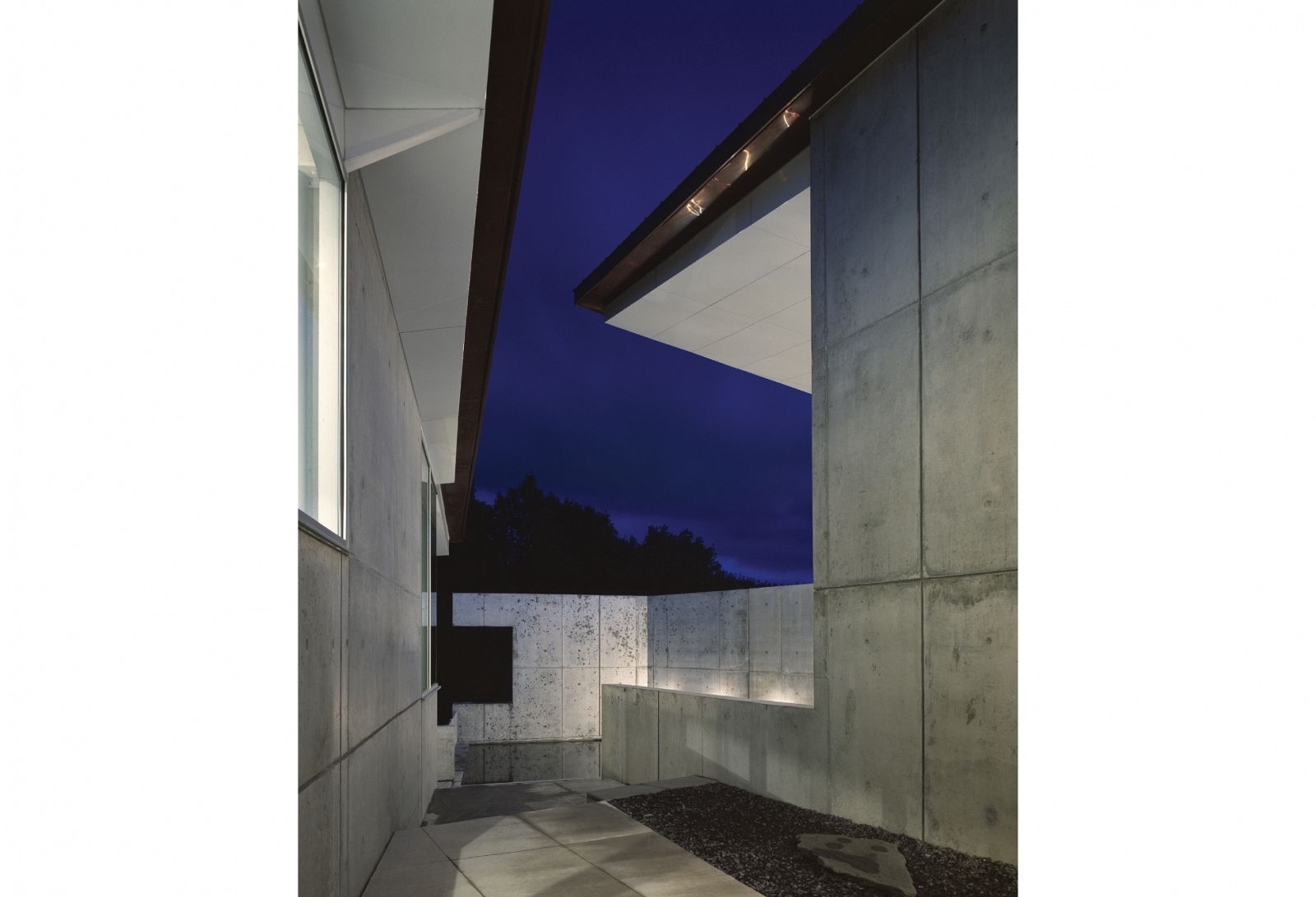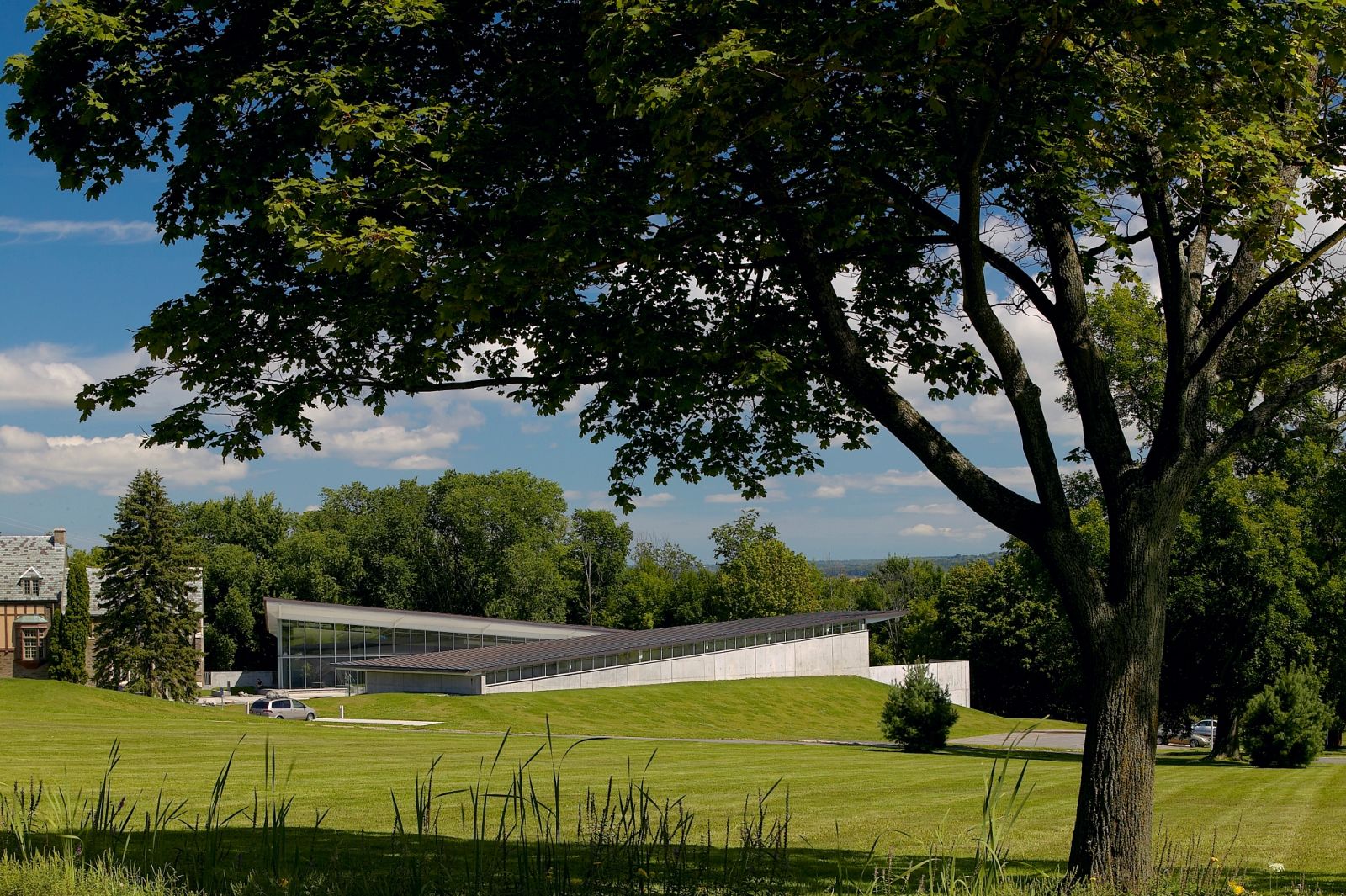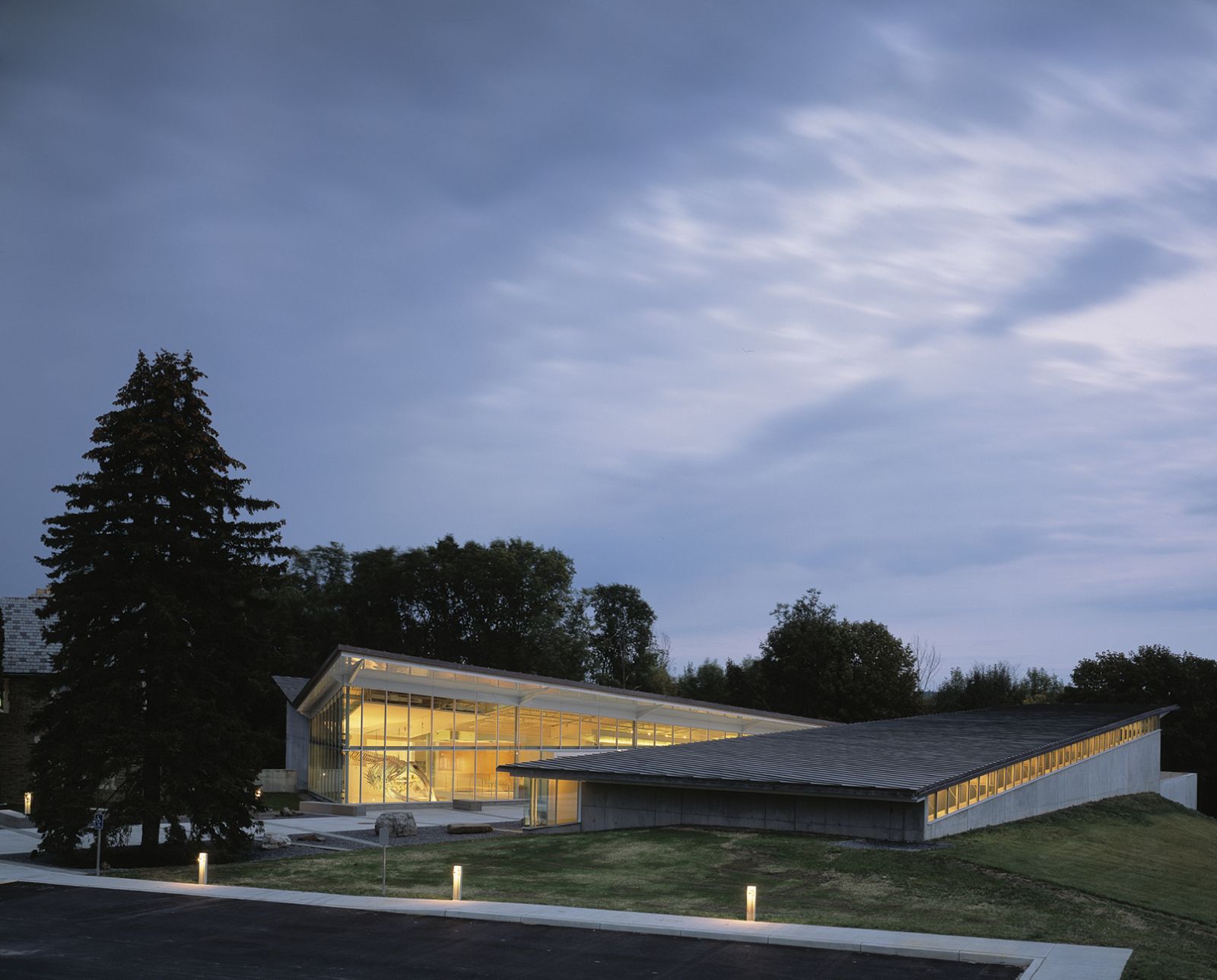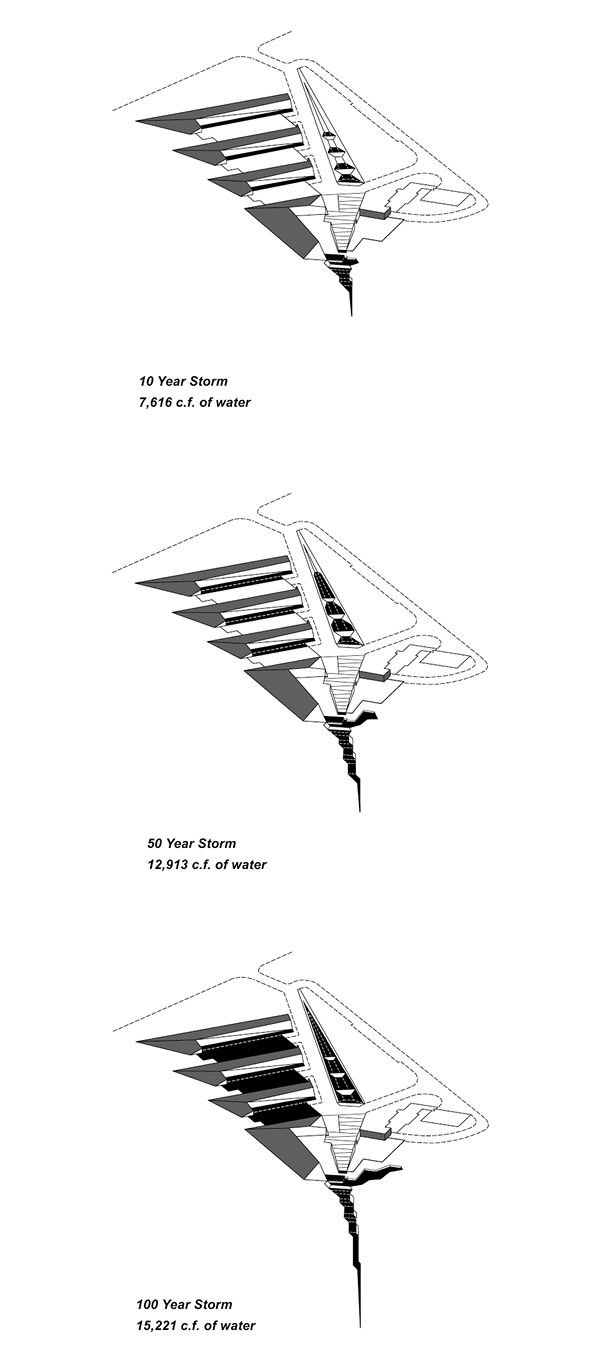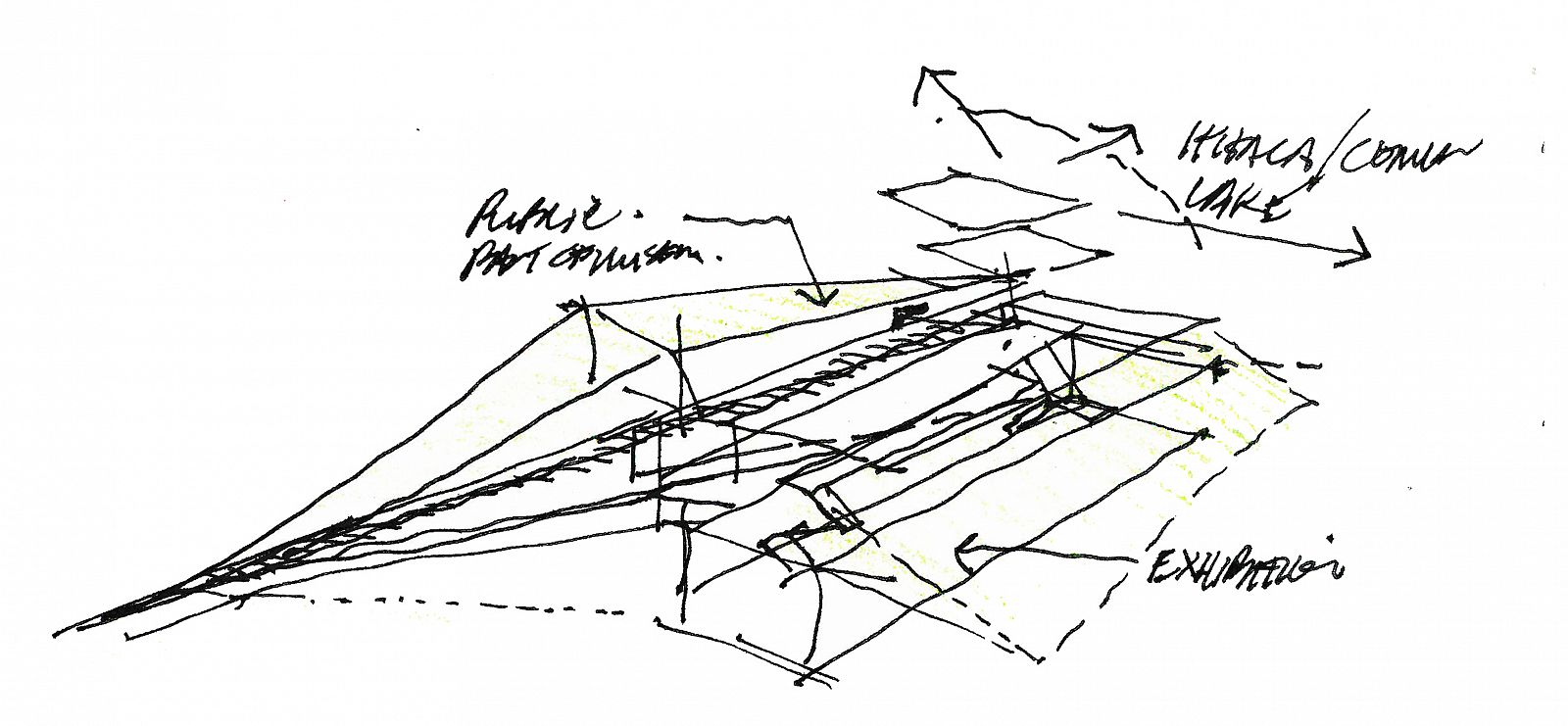Museum of the Earth




Set within the hillside and adjacent to the existing research facility, the museum is organized into two parallel and interconnected buildings.
The new museum for the Paleontological Research Institution engages the remarkable landforms of the Finger Lakes Region. The museum and the 6.2-acre site house one of the nation's largest paleontological collections, and demonstrate the dynamic interrelationships between geological events and biological evolution.
Shifted and carved by a receding ice sheet twenty thousand years ago, the site is marked by a gradual, forty-foot slope. Set within the hillside and adjacent to the existing research facility, the museum is organized into two parallel and interconnected buildings—a public education wing and a new exhibition hall. Together these two structures define the edges of a new cascading plaza, extending views to Cayuga Lake. A series of sculpted landforms structure the site by concealing extensive parking, groundwater recycling, and connecting interior and exterior exhibition programs.
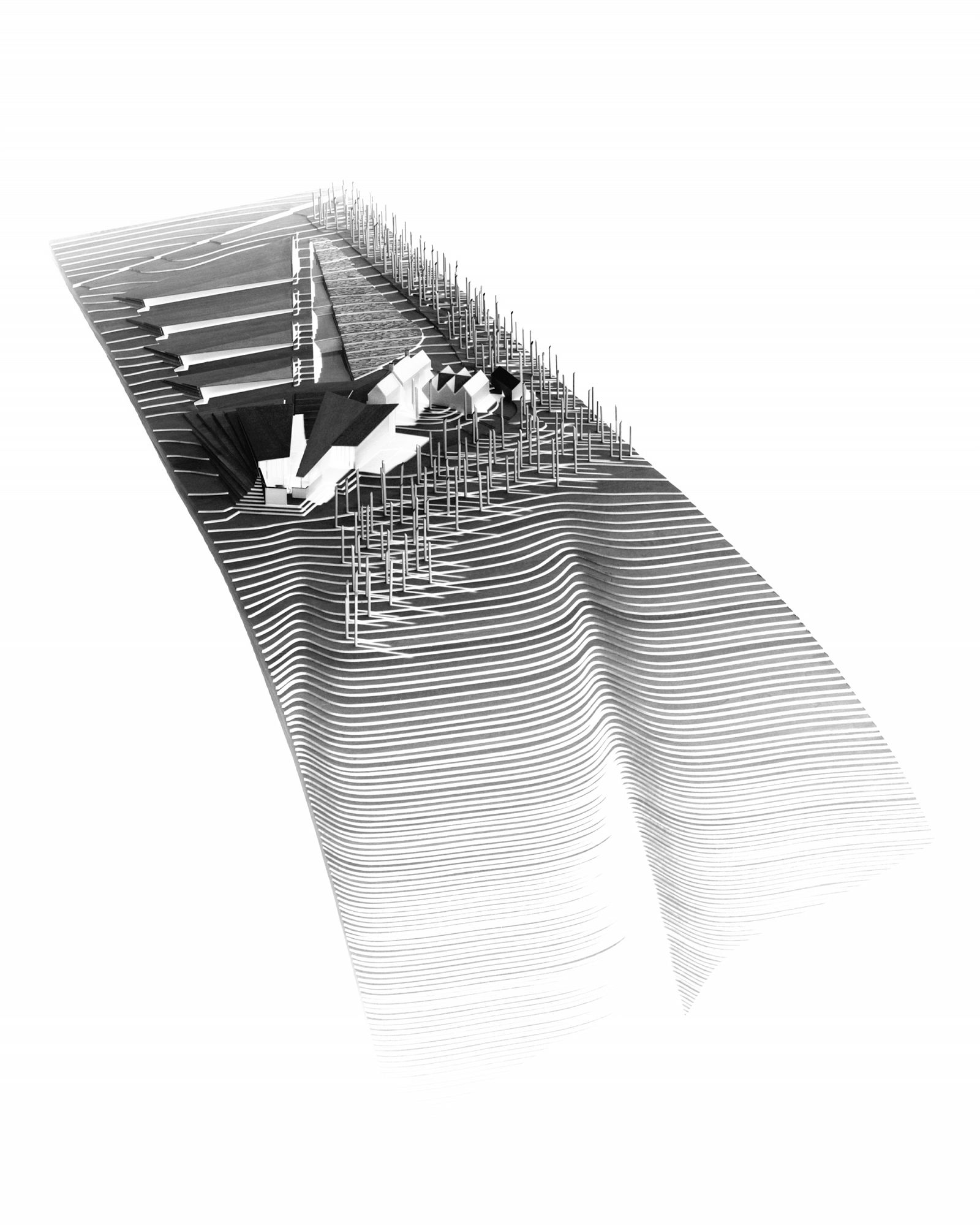
The design of the Museum of the Earth capitalizes on ideas of entropy - sedimentation, erosion, and freeze/thaw cycles - that relate to the glacially gouged topography unique to the Finger Lakes region.
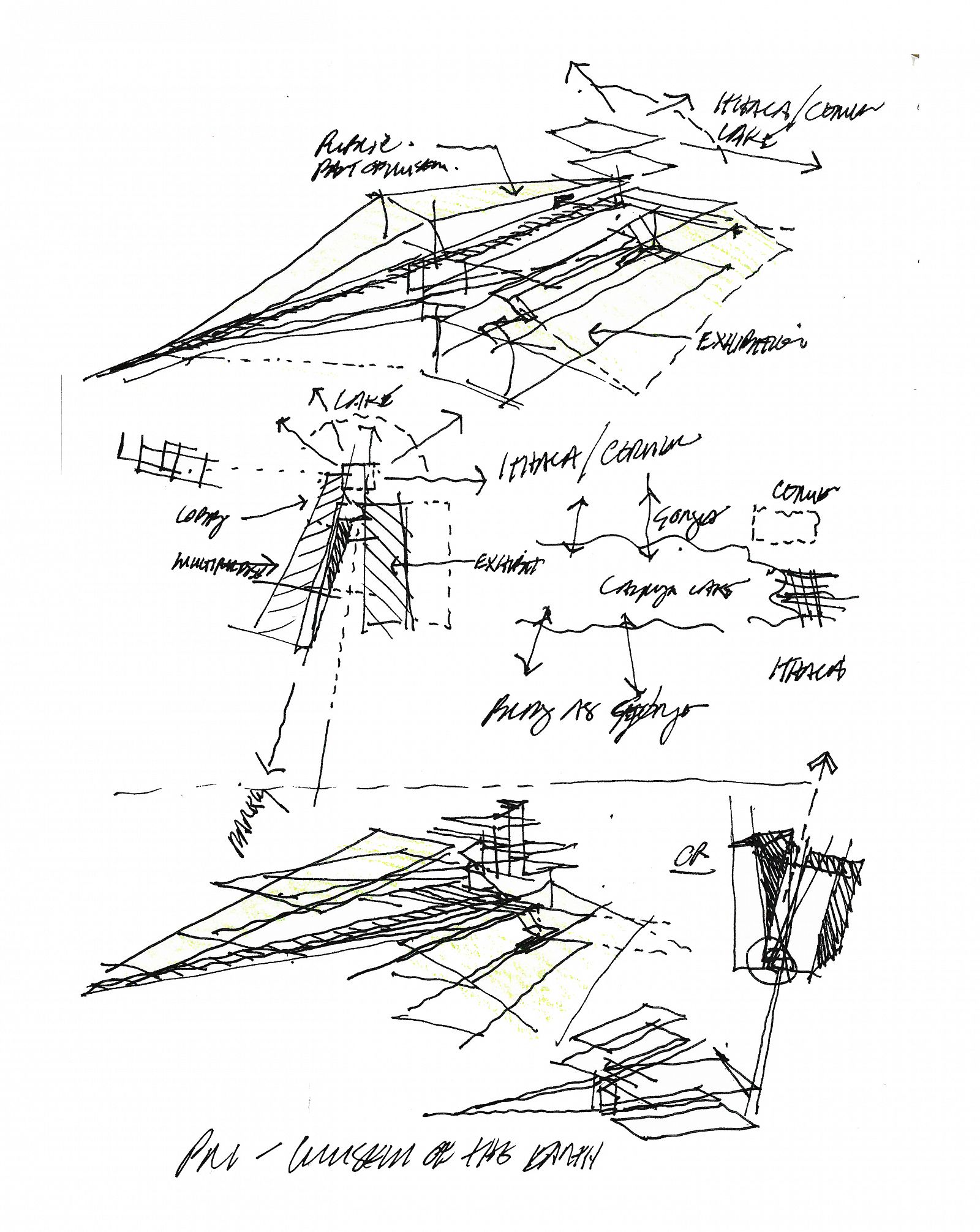
The twenty thousand square-foot museum is organized in section to capitalize on the change of grade and provide a varied and spatially rich itinerary for the museum visitor.
Visitors follow a descending ramp upon entering the museum. At the base of the ramp, visitors encounter the oldest rock in the museum's collection. This descending route allows visitors to trace their journey back in time.
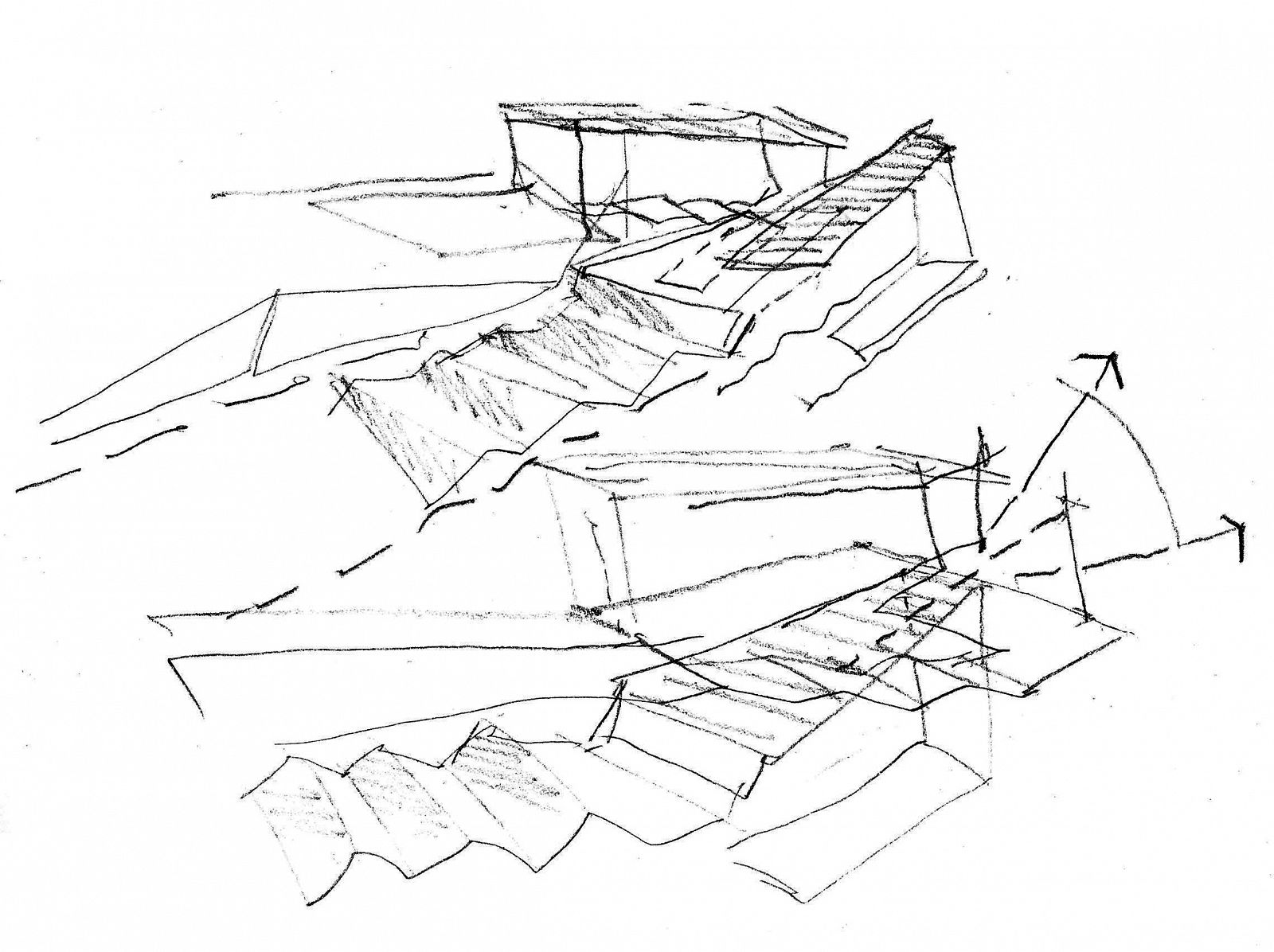
The two museum pavilions define a descending central courtyard, which recalls the spatial condition of many of Ithaca's dramatic gorges.
